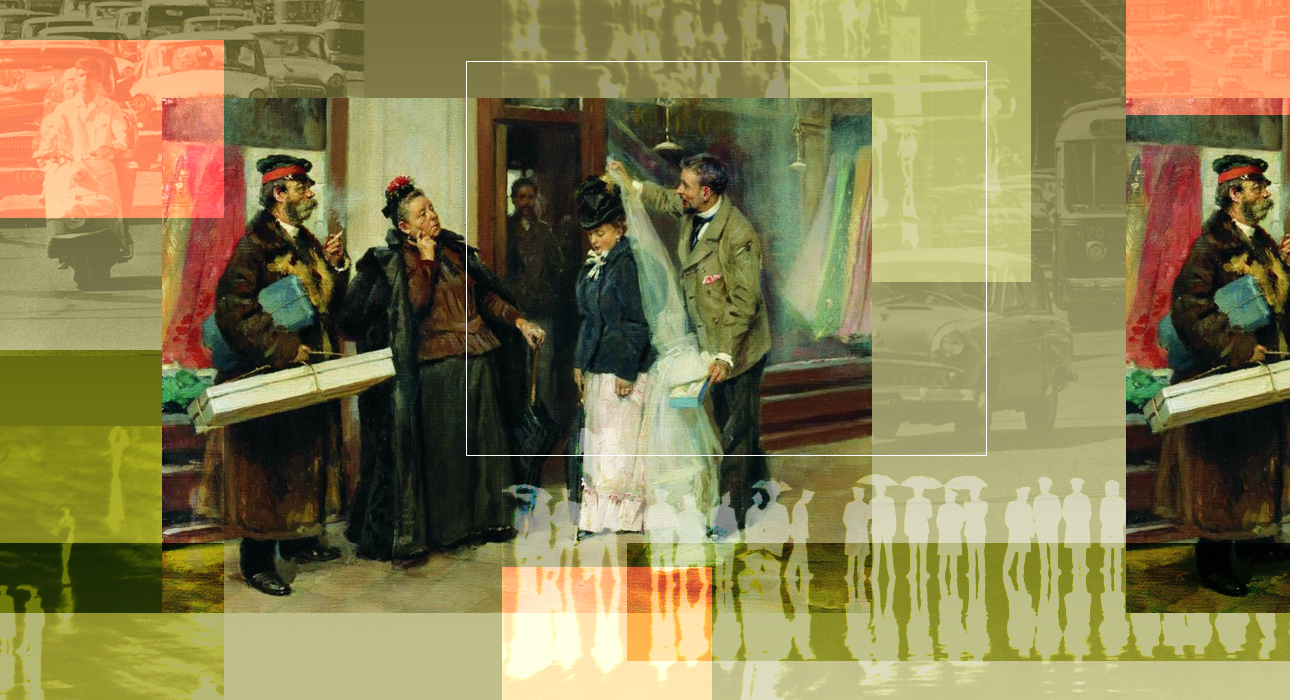“It is a difficult film. If the public doesn’t like it, it’s a fucking problem for the public. “declares Andrew Dominik, director and screenwriter of ‘Blonde’, a film based on the novel of the same name by Joyce Carol Oates starring Ana de Armas; a film made by and for Dominik’s pleasure.
So he left it clear during the promotion of the film which can be seen on Netflix from September 28, and is just as crystal clear with the approach he chooses for his storytelling. The sum of the sequences, without beginning, middle and end, ends up representing the passage of time because reinvents a chain of events experienced by blonde ambitionOtherwise, the images would convey an unbearable eternal stillness.

2h 46 minutes lasts this longing for Dominik, audiovisual art that mistreats its own history, reducing it to a disjointed sum of terrifying and pathetic sequences which show, like a showcase, the object that was Marilyn Monroe, it infantilizes and sexualizes it constantly. This dramatization, a fictitious imagination of what we assume was an existence plagued by abuse of all kinds, shows, from the point of view of the abusers, how the character built around Norma Jean was prostituted.
“There is a certain morality” in ‘Blonde’, even a Dominik stated it in his choice never to empathize with his protagonist, he ends up perpetuating the prostitution of the myth. He is angry and sad. Certainly if it is considered fundamental in the work of a director that his film arouses feelings in the viewer, Dominik succeeds not through an emotional connection with his audience, but through the anger his gaze can causedisgusting most of the time.

This director puts himself at his service by struggling to keep the viewer as uncomfortable as possible in a proposal erratic, capricious, with airs of grandeur and stylistic resources full of ambition that demand applause at every step. in “blonde” “there is something that offends everyone”, says Dominik, despising the reaction of others to his pretentious vanity, an author’s vision that leads to a certain visual commitment of very little taste. His gaze, attached to the personal perception of what a mythologized woman has suffered, invites us to compare ourselves with a recent film with which he shares elements but not misfortunes.
I am reminded of ‘Spencer’, by Pablo Larraín when considering the authorship behind the use of elements intended to move and shock the viewer, the difference is that in that film the “whims” of its author did not damage the work. The most unconventional thing about Larraín in “Spencer” was that scene with pearls, a metaphor for Diana’s suffering, as opposed to Domink wants to be “offensive” all the time at the expense of everything else. At the expense of emotion, rhythm and its star.

Ana de Armas is absolutely excellent. It seemed incredible that this year no performer could surpass the know-how of Austin Butler and his incarnation of Elvis, but De Armas rises above everything and everyone with an impressive and perfectionist personification, an exemplary role of his immense talent. If there is empathy in the film, it’s Ana’s thing; if there is compassion: Ana; Y if the viewer supports Dominik’s arias … it’s because of Ana. This actress collides with the director’s vision of her at the same time she captures her, something that couldn’t be more fascinating. Bet her to try and save the “recognition, compassion and respect” that Oates asked for Monroe in the original work, would be the only thing that at one point tries to humanize Dominik’s blow-up doll.
“I made an adult movie about Marilyn Monroe, which would be what viewers want, right? I want to go see the adult version of the story of Marilyn Monroe “. Dominik seems to want to take advantage of the fact that times have changed to satisfy her desire to see Monroe perform various sexual acts, a double fantasy that takes into account the beauty of De Armas. If such intentionality is captured, there is something evil in the more explicit scenesmoments impossible to capture in the 60s and whose fate, unfortunately, will be what De Armas herself imagines.

Monroe in a porno
During its production and post-production, “Blonde” has sparked all kinds of rumors relating to its sexual content and the friction this would cause between Andrew Dominik and Netflix. At the time of her it was commented that the aforementioned streaming platform had decided to hire the editor Jennifer Lame to eliminate some of the more explicit scenes. Lame, a publisher who worked on “Tenet” and is responsible for “Oppenheimer”, would have faced the challenge of “toning down” “Blonde”, but the essence remained.
It takes nothing more to make it virtually impossible to escape the residue that suggests it Dominik’s gaze is reductive and cold like that of those who reified Monroe. In the film itself there is a perfect gimmick to illustrate this feeling: the faces of the men who want to fuck Malyrin are distorted in a sea of repulsive grimaces, looks that ignore the woman behind the body to possess; she ignores her intelligence, her feelings, the complexity of her … of her The of her humanity. And so Dominik gets lost in the crowd, joining their monstrous clamor.
Note: 4
The best: Ana de Armas in an Oscar-winning role, indisputably.
Worse: How long does it take, tremendous boredom; and that irresponsible “certain morality”.
Source: E Cartelera
Elizabeth Cabrera is an author and journalist who writes for The Fashion Vibes. With a talent for staying up-to-date on the latest news and trends, Elizabeth is dedicated to delivering informative and engaging articles that keep readers informed on the latest developments.




